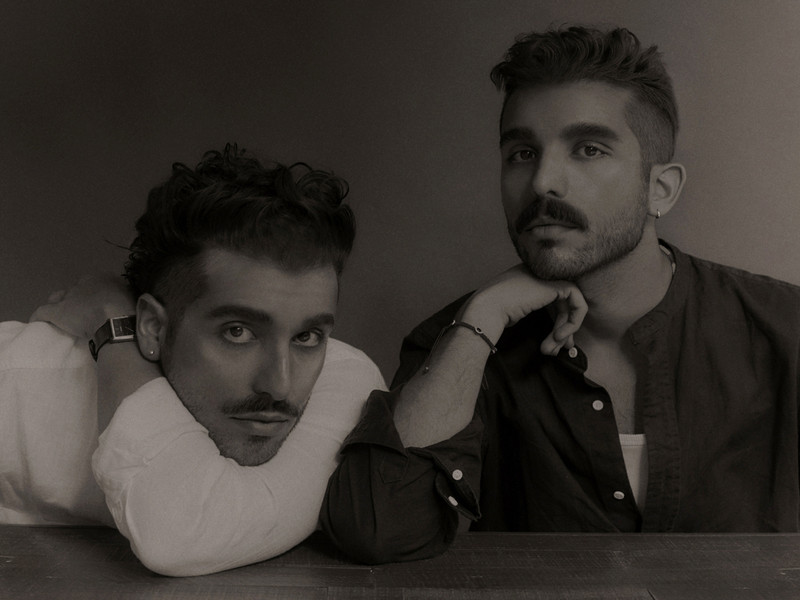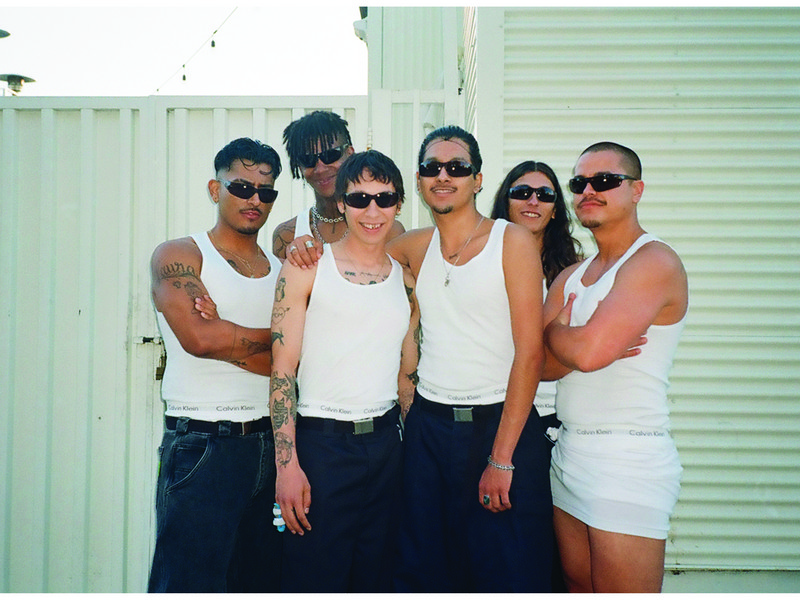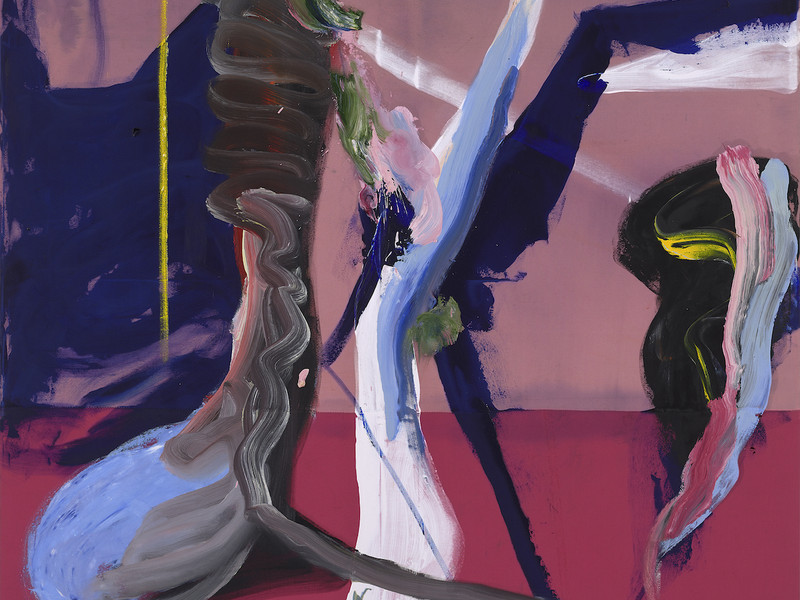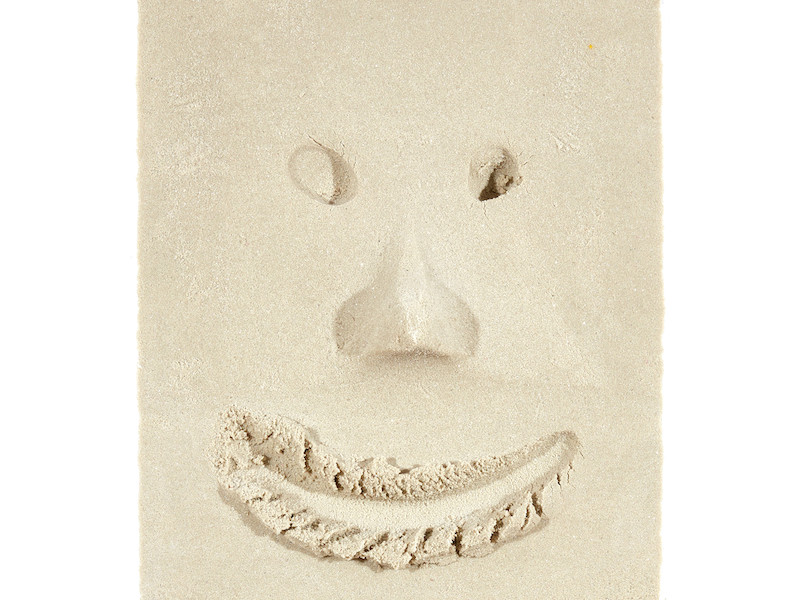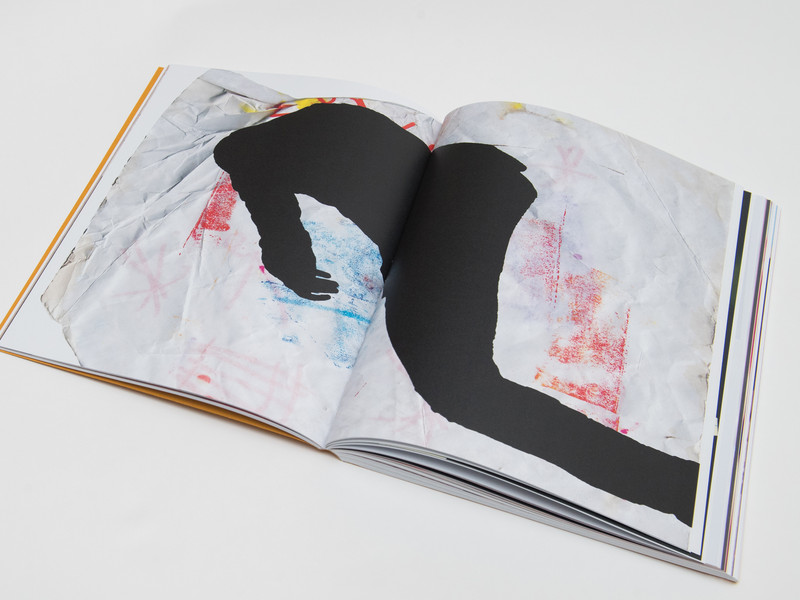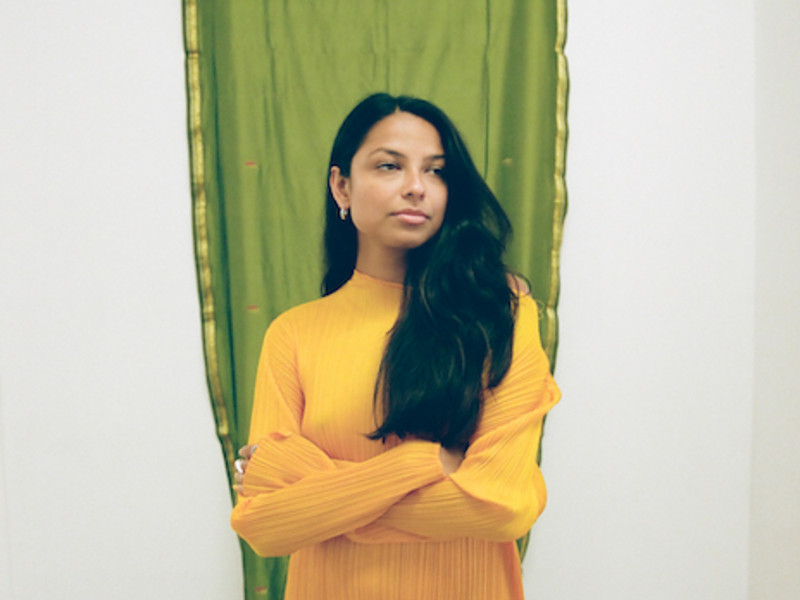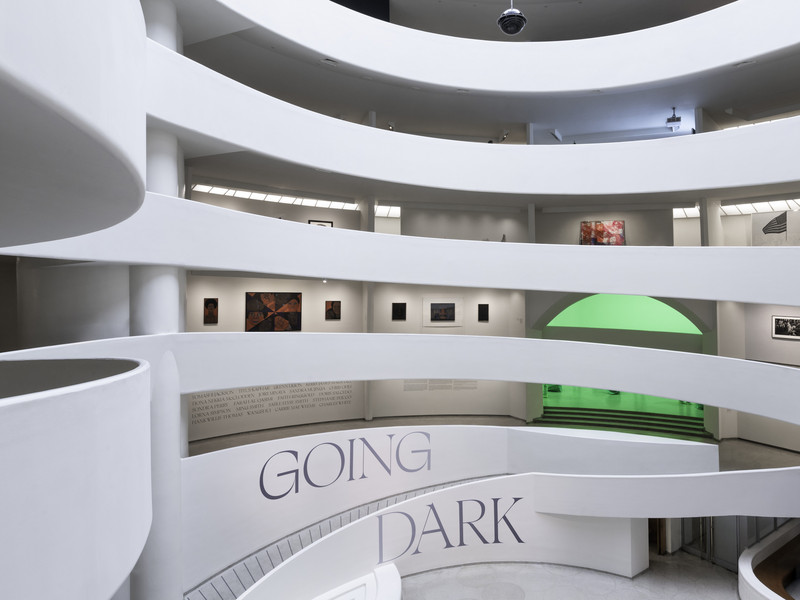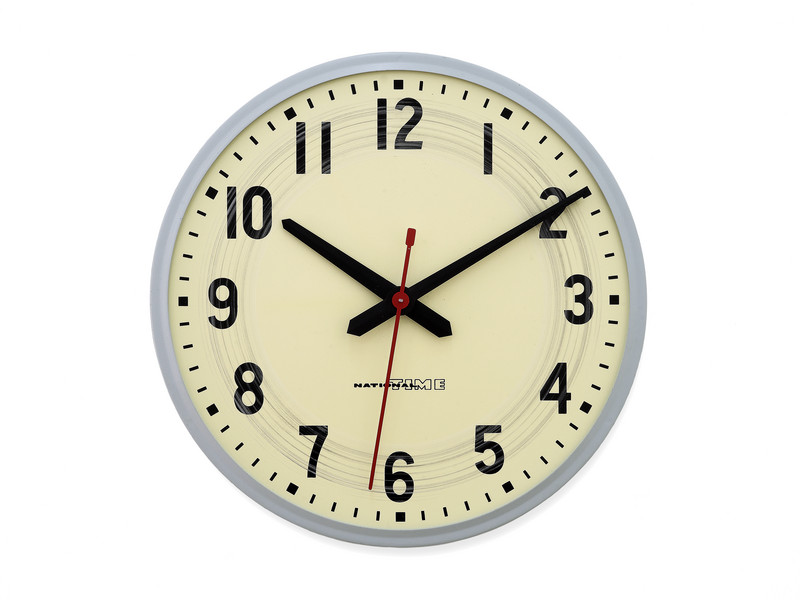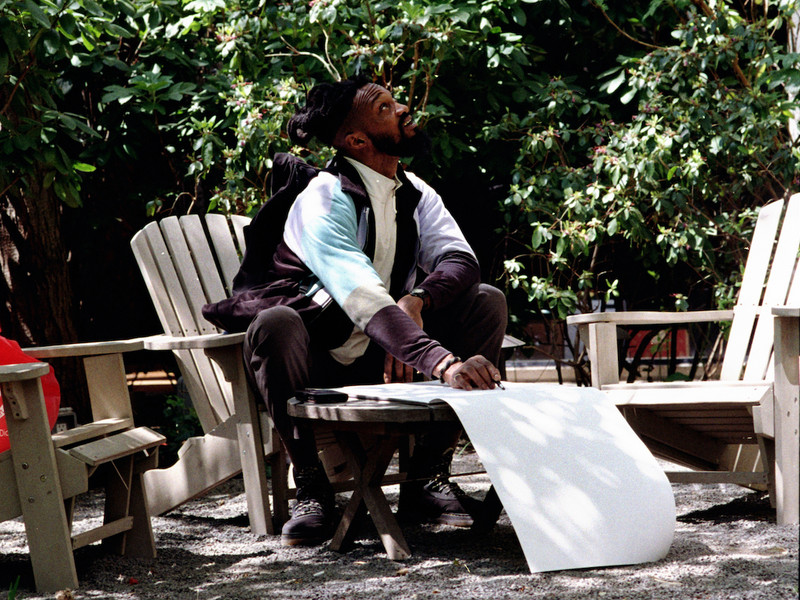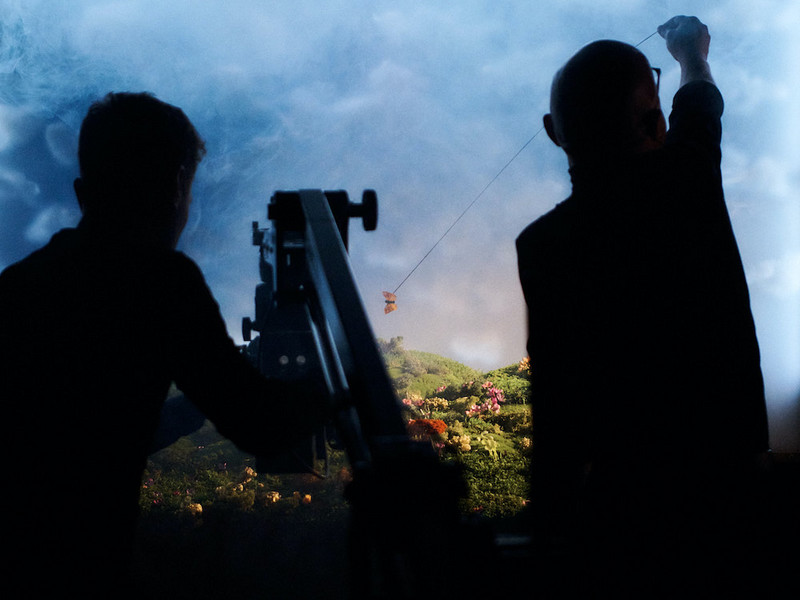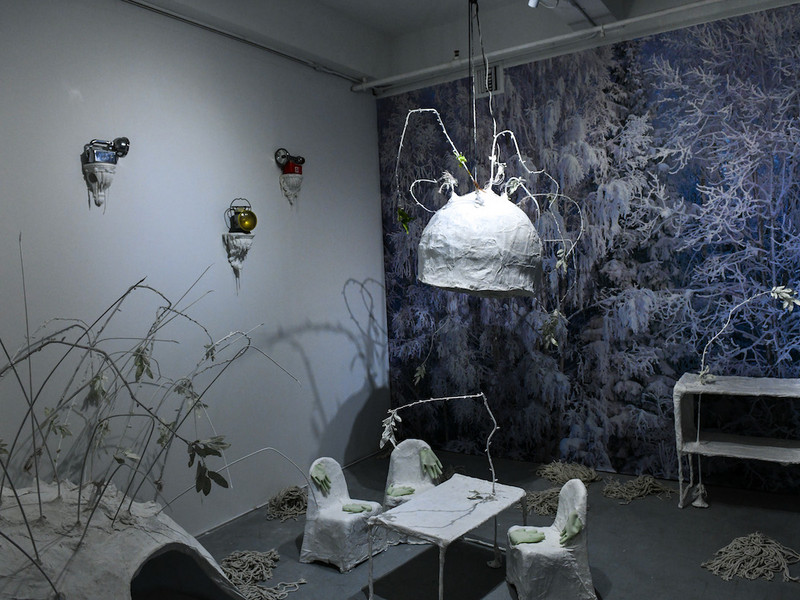"Bad Girls" Make Their Mark
As Diaz shares in an essay that introduces the exhibition: “The anesthetic flash of the shutter freezes time and brings the doll a second from death so she can stake claim. Whatever is achieved in a photograph is hers. Here’s the proof.”
Bad Girls is an exhibition about queer and trans expression, about the bonds of platonic intimacy – just see Martine and Dara (Fire Island) – and an exploration into one’s relationship with sensuality and bodily freedom. \
A particularly special portion of the show manifests in the solemn gaze of Fern Cerezo in Premiere and Audition. The self portraits, in which the figure wears both skin-tight garments and a wedding-style gown in the respective photographs, greet viewers at the front of the gallery with a solemn gaze. The works are complexified by the fact that Cerezo does not allow themselves to be photographed by virtually anyone. These portraits are a practice in image ownership and reclamation, and a testament to the trust that Diaz’s artists put in her for this curatorial project.
Aside from Cerezo, the exhibition also features works from Drake Carr, Sebastian Acero, Jan Anthonio Diaz, Chuy Medina, Jessica Sofia Mitrani, Rey Rivera, and Cruz Valdez in a melee of self-portraits, on-location produced content, and slices of life that include the curator smiling in repose at Fort Tilden Beach.
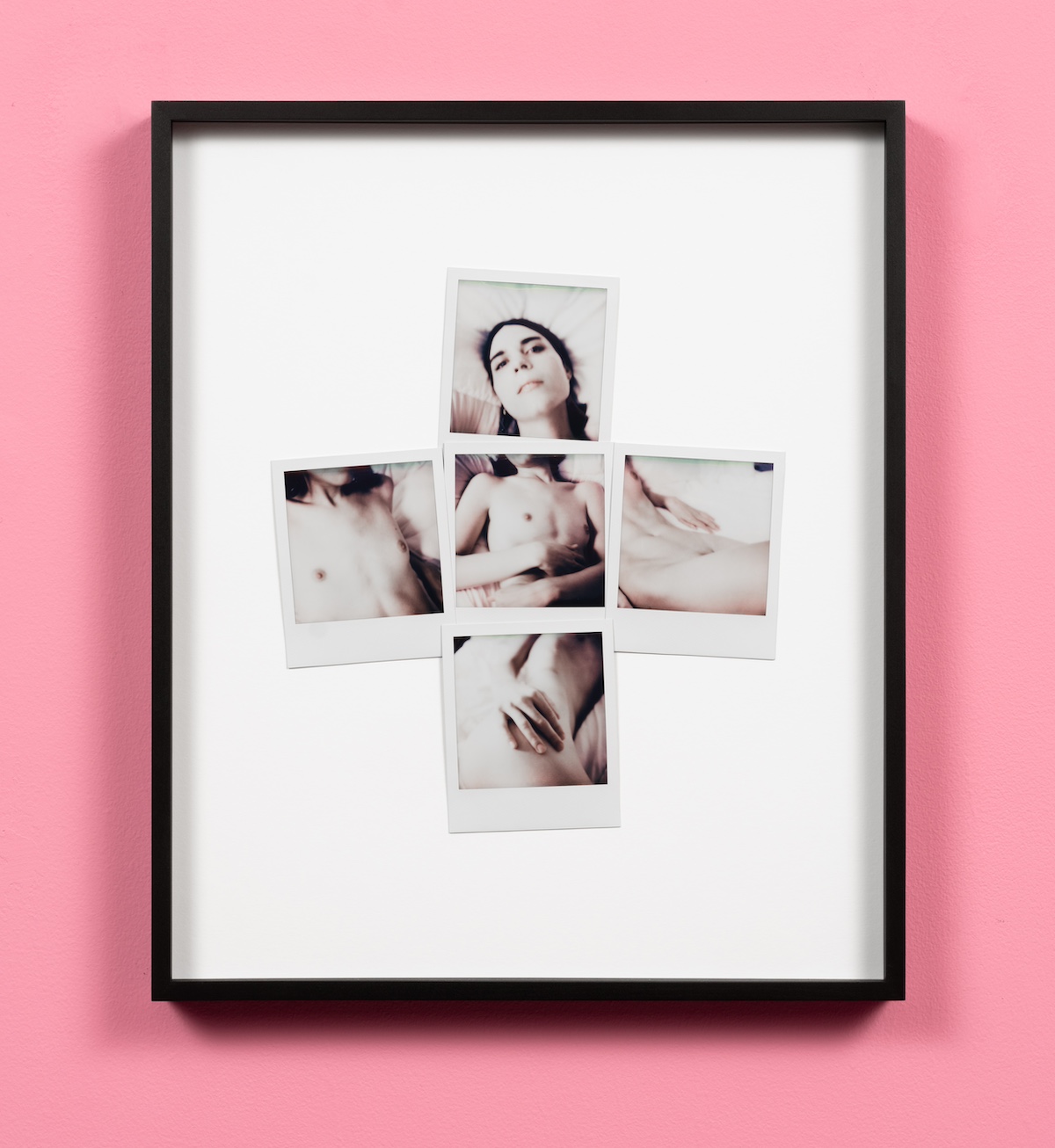
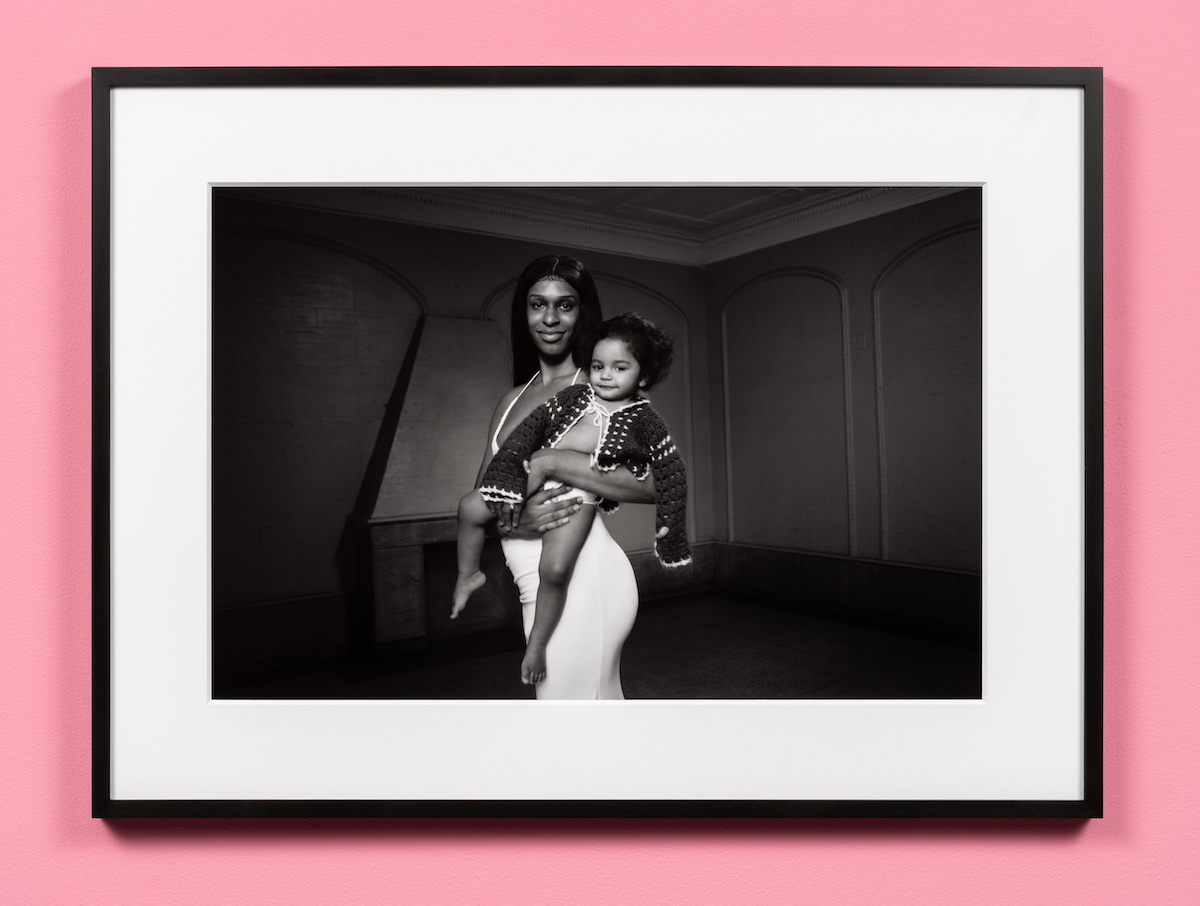
LEFT: Sebastian Acero, Cruz, 2024. Polaroid collage. Framed dimensions: 18.375 x 15.4375 in. Edition of 1.
RIGHT: Jan Anthonio Diaz, Mother and Son, 2024. RGB print. 20 x 24 in. Framed dimensions: 22.625 x 30.4375 in. Edition of 3
The project was born out of a wealth of influences, many of them literary. In a show preview, Diaz explores Jean Genet’s Our Lady Of The Flowers (“a very brutal story of queer, gay, and trans people that is somehow very optimistic,”) as well as Camilla Sosa Villada’s Bad Girls, a chronicle of a group of trans sex workers in Córdoba, Argentina.
In fact, the pink house in Genet’s work is an influence for the shade that drapes the walls of the space of the show. Perhaps the gallery stands as a reimagined version of the book’s residence, a 21st century homage to the lyrical text and queer-forward messaging of the work.
Midway through our viewing, a subject of one of the works (Sebastian Acero’s Stroke featuring Karmi Pinning) drops by to hand off a corset for Diaz’s opening night ensemble. She takes one look at a photo of Crystal Renn in naked, elegant posture wearing the aforementioned shoe sculpture and gasps: “This is so gag, so major,” she says. A five-minute snapshot in pre-show logistical acrobatics, it exemplifies the place that this show holds in culture for its subjects, curator, and viewers. At OCDChinatown, a community-oriented ship steered by a fearless leader, coterie of talented artists and subjects, and commitment to a vision unleashed in force await a viewing public. How breathless, how perfect, and certainly unmissable.
Bad Girls will be on view at OCDChinatown until December 8th, 2024.


